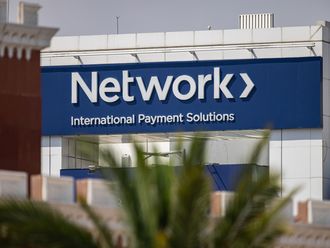Dubai: Working capital performance remains a challenge for companies in the Middle East with working capital metrics weakening each quarter from the fourth quarter of 2014, according to audit and assurance, tax and consulting services firm PwC.
PwC’s 2017 Middle East Working Capital Study based on the analysis of more than 400 companies from the region over a three-year period reveals that working capital performance has deteriorated across all key economies in the region with the exception of the UAE.
Under the continued lower oil price environment, regional firms have witnessed an overall decline in revenues and a further deterioration of working capital performance expressed in working capital days.
The working capital cycle expressed in number of days, is the average time duration that it takes to turn investment into cash and profit, referred to as working capital days. While 2016 saw further nine-day (7 per cent) deterioration in working capital performance, the region saw a cumulative 14-day deterioration since 2014, according to the PwC study.
The deterioration in working capital performance is impacting liquidity of firms and are becoming a concern for both small and large companies. The PwC shows that while smaller companies were initially impacted by the lower oil price environment in 2015. Liquidity pressure has since spread to mid-market and large companies. Interestingly, the study shows that very large companies have continued to outperform their smaller peers in better working capital management practices.
“The study mirrors the situation that we see on the ground when working with our clients. Leading companies are tackling their working capital challenges head on, and are able to outperform their peers regardless of sector,” said Mihir Bhatt, Director, PwC Middle East.
The cash conversion cycle (CCC) is the analytical tool for determining the investment quality of two critical assets — inventory and accounts receivable. The CCC is the number of days it takes to convert these two important assets into cash. A fast turnover rate of these assets is what creates real liquidity and is a positive indication of the quality and the efficient management of inventory and receivables.
While the UAE and KSA are the largest economies in the region, they also have the largest (on average) invested working capital days. While working capital performance is influenced by many factors, given the reliance of GCC countries on hydrocarbons and the significance of government spending, the decline in oil price has had an impact on revenue and liquidity at all levels.
“When we look at the regional performance in more detail, our study shows that while Saudi Arabia working capital deteriorated for 6 consecutive quarters since the third quarter of 2015, Kuwait has relatively the weakest net working capital performance across key economies with circa 30 per cent deterioration from 2014 to 2016,” said Bhatt.
While macroeconomic factors are putting increasing levels of stress and uncertainty on Middle East businesses — working capital and cash management are central to improving their liquidity.
“Releasing cash from working capital is one of the cheapest forms of financing and our clients are starting to see the value it can bring to shareholders. Now the topic is more often about how it can be done, not why it should be done,” said Bhatt.











